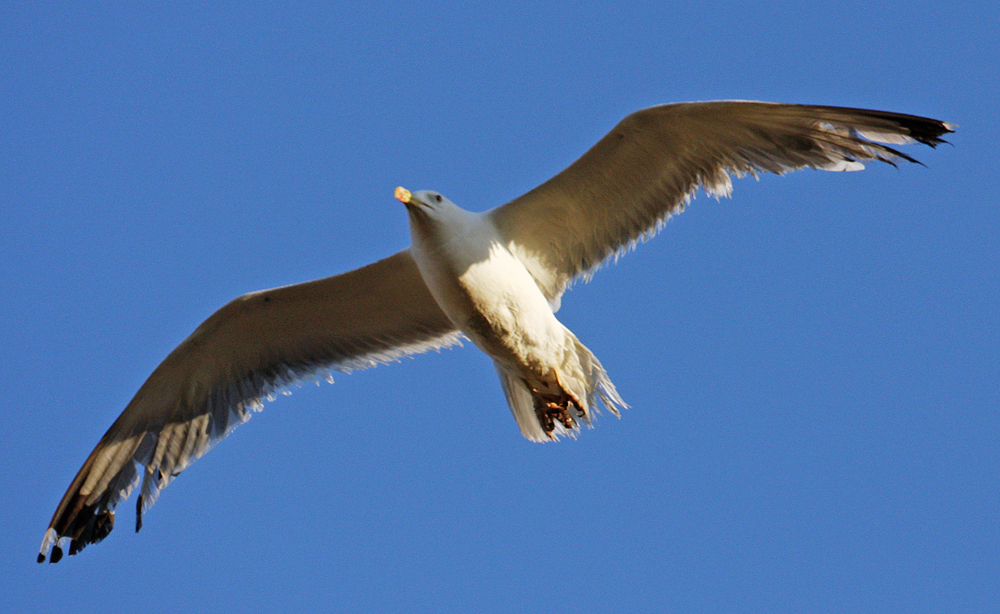 Steppe Gull - barabensis
Steppe Gull - barabensis
(last update:
Mars Muusse (Netherlands)
barabensis 1CY July
barabensis 1CY Aug
barabensis 1CY Oct
barabensis 1CY Nov
barabensis 2CY Jan
barabensis 2CY Febr
barabensis 2CY March
barabensis 2CY July
barabensis 2CY Nov
barabensis 3CY June
barabensis 3CY Nov
barabensis sub-ad Jan
barabensis sub-ad June
barabensis sub-ad Nov
barabensis ad Jan
barabensis ad March
barabensis ad May
barabensis ad June
barabensis ad July
barabensis ad Nov
barabensis ad Dec
Steppe Gull barabensis adult, July 20 2010, Turgay village (county Aqtobe), Kazakhstan. Picture: Ross Ahmed.
Turgay (county Aqtobe): village 400 km WSW of lake Tengiz, central Kazakhstan. Birds breeding here belong to a transition population between cachinnans (nominate cachinnans at the Caspian Sea are about 875 km to the SW) and barabensis ('standard' barabensis from the Omsk area are about 1100 km to the NE).
Below: bird flying around at flooded plains along the river, close to the village. P1-P4 fully grown, P6-P10 still old. The images from central N Kazakhstan show barabensis that often are a little different from birds from Omsk Oblast and Novosibirsk. Barabensis from the heartland show|:
- upperparts darker than in cachinnans, more towards taimyrensis,
- black on P10-P4 or even P10-P3,
- compact birds, with shorter legs than cachinnans, more 'dove-like', as armenicus can be,
- 4-coloured bill with black bill-band also in summer on most birds and a white transluscent tip,
- bill short and stubby with obvious gonydeal angle,
- speckled, dark iris, although sometimes pale yellow,
- obvious white tongue on P10 down to about only 1/2 of the length of P10, so still much black in the primary,
- very saturated yellow legs, and other bare parts saturated as well.
